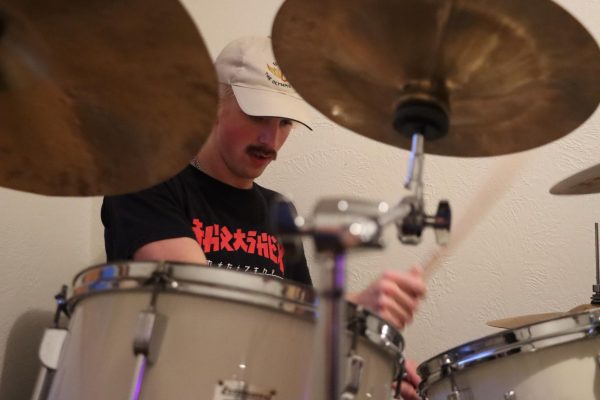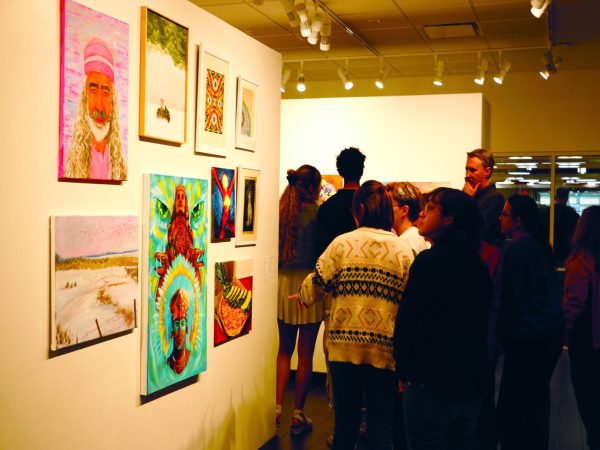Bisexual (In)visibility in the LGBTQ+ Community
March 24, 2021
As a bisexual woman living in the Midwest, bisexuality is glazed over and invisible. This trend is seen throughout the entire LGBTQ+ community and not just in the Midwest. I have fought hard for visibility because B is often left out of LGBTQ+ in conversations, movements and inclusivity. I am an active advocate for my community and have included it in my studies in academia.
The stereotypical response that peoples give me when I “come out” to them is something along the lines of “can’t you pick a side?” or “it’s just a phase.” I can tell you, knowing and embracing my sexuality since middle school, bisexuality is not a phase. Although the gay rights movement has produced the right to legalize same-sex marriages, it did not focus on the LGBTQ+ community as a whole but focusing on gay men and lesbians. Transgender rights movement has become another focus in American politics but people often forget “the middle man” per se. As a minority group, bisexuals are seemingly invisible in the LGBTQ+ community.
In mass media, especially TV shows and movies, bisexual characters are misrepresented and fall into misleading tropes and stereotypes. Hetero- and homonormativity dominates the popular culture. Bisexuality is often referenced once, if at all, and then quickly forgotten if a bisexual character is represented on screen. Since bisexuality is a fluid sexuality and can be represented on a scale, characters in TV shows and movies simply cannot represent the entire community.
Some of the tropes bisexual characters fall into include the “slutty bisexual,” the “evil bisexual,” the “unnamed bisexual,” the “straight-to-gay” trope. The “slutty bisexual” character is portrayed as overly promiscuous or hypersexual. These characters tend to be female and are marketed to the male audience as an “object” of sexuality. Characters in this trope are commonly portrayed as being a part of a threesome. The “evil bisexual” is portrayed as picky when it comes to having sexual relations with other characters and often uses their sexuality and sex to manipulate others.
The most discouraging trope is the “unnamed bisexual.” Bisexual erasure in popular culture has become seemingly rampant. The most common method used in media is to showcase a character, who is obviously bisexual, but never outright state their sexuality or acknowledge it as such.
Another form of bisexual erasure is the “straight-to-gay” trope where characters are seen in heterosexual relationships and then fall in love with someone of the same sex and are labeled gay. This allows media producers and consumers to erase bisexuality by showing the character as heterosexual or homosexual, forgetting about the possibility of bisexuality.
Some T.V. shows that have these tropes include, but not limited to, “Buffy the Vampire Slayer”, “Private Practice,” “The Vampire Diaries,” “Blindspot,” “Supernatural” and “The 100.” These shows are filled with heteronormative characters and misrepresent the LGBTQ+ community with their portrayals of bisexual characters.
A lot of these shows begin with a LGBTQ+ character and by the second or third season either one of two events happen, they die or they end up in a romantic relationship with the opposite sex.
According to The New York Times, the Gallup poll, released in February 2021, showed 5.6% of American adults identified as LGBT.
More than half of the adults in the survey reported they identified as bisexual. If this report tells us anything, it means TV and film producers should be more aware of how they are representing LGBTQ+ characters.
The misrepresentation of bisexuality is about the same as not showcasing bisexuals on TV or movies at all. We [bisexuals] deserve to be represented correctly and to have our stories told in mass media. We are not one dimensional but fluid and capable of extraordinary things.









